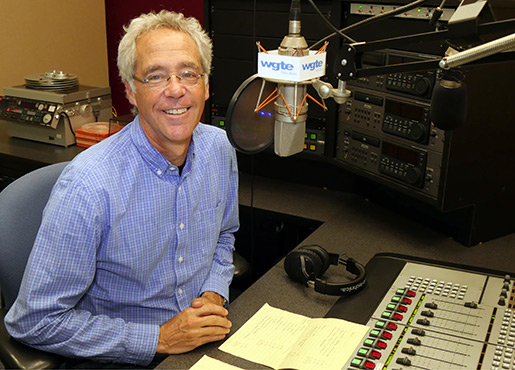
On Tony Bennett
By Kim Kleinman
Jazz Spectrum Contributing Writer

I primarily mourned Tony Bennett’s death by finding his two albums with the revered Bill Evans from right around the time I saw Evans with Eddie Gomez at the Antibes Jazz Festival and later at home in Kansas City. That said, I did not get or even listen to them back in the day.
My aversion to singers and songs came early in my jazz fandom. Perhaps I begrudged that jazz players played tunes that came from musical theater and Tin Pan Alley, and in any event I didn’t much connect them to actual lyrics. Ella Fitzgerald was an exception, but she had proper jazz bona fides. And, okay, Cole Porter was damned witty.
But in time I came to appreciate both the canon of great American songs, and also Bennett’s way with them. He knows and loves these songs and approaches them with a subtle sensibility of jazz rhythm and vocal timbre. He had great power and range, but he had a pleasant weariness in his voice and a great knack for coming in late enough for drama. But he didn’t scat and that’s generally for the best.
But once again I had a blind spot for two exceptional albums, until Bennett’s passing drove me to pay attention. What tunes! Some Other Time from the albums often made Top Ten lists of Bennet performances. I was also glad to see Evans Village Vanguard tunes like My Foolish Heart and even Waltz for Debby, with Gene Lee’ lyrics. But they chose fine tunes and played them with a meticulous casualness, the shared nonchalance of their immaculate craftsmanship.
Canadian TV got them in their studios/soundstage between the release of the two albums. There was no audience—which didn’t prevent Bennet’s emotive gestures and facial expressions from selling the tunes—and the lack of applause was noticeable to him and to me as a viewer. The set was a series of steps and platforms illuminated by fringes of light that over the course of the show Bennet used to encircle Evans at the piano.
Evans opened and closed with brief instrumental snippets of, I’m told, The Bad and The Beautiful. As with much of the set, he didn’t stretch out. Bennet was generous with the solo space, but they shared the five-ish minutes of a tune that Evans might himself play for six or seven minutes. His solo on Make Someone Happy was, dare I say, sprightly. My Foolish Heart was interestingly different than the early 1960s Vanguard version. Some Other Time was simply fabulous, as melodically and harmonically compelling as it was when Evans performed it with Scott LaFaro and Paul Motian, with the rich bonus of the poignant lyrics delivered by Bennet.
Indeed, he was a consistent and commanding presence. I did not, as I expected, wait impatiently until I could listen to Evans. Rather, to my surprise, I missed Bennet when he was off camera. Certainly his singing was strong and effective and, like Veronica Swift and Dee Bridgewater whom I’ve seen/heard recently, he could really sell a song.
The songs they sold and I bought were: The Bad and The Beautiful, Lucky To Be Me, My Foolish Heart, When In Rome (Cy Coleman, not, as I thought, Cole Porter, though it was not, in retrospect, up to Porter’s elegance and wit), the magnificent Some Other Time, A Child Is Born, Make Someone Happy, and Together Again before the brief The Bad and The Beautiful outro.
In an alternate history, I would have bought these two albums in the late 1970s and gotten to know more singers and certainly the canon. The tunes I love and what improvisers did with them would be enhanced by knowing them as songs.
So I catch up with Tony Bennet’s help. A belated thanks to him.
- Home
- Schedules
- TV
- TV
- Local TV Programs
- Business | Life 360 with Kristi K.
- Toledo Stories
- To The Point with Doni Miller
- Listening with Keith Burris
- Ideas & Insights
- WGTE Presents
- BL360: Northwest Ohio Innovation Consortium
- Magic of the Old West End
- Freedom Means Never Surrender
- I&I: The Random Factor
- FF: National Cherry Festival
- TTP: Moms Demand Action For Gun Sense in America
- Watch Live
- Radio
- Education
- Community
- Support
- About
- Donate



